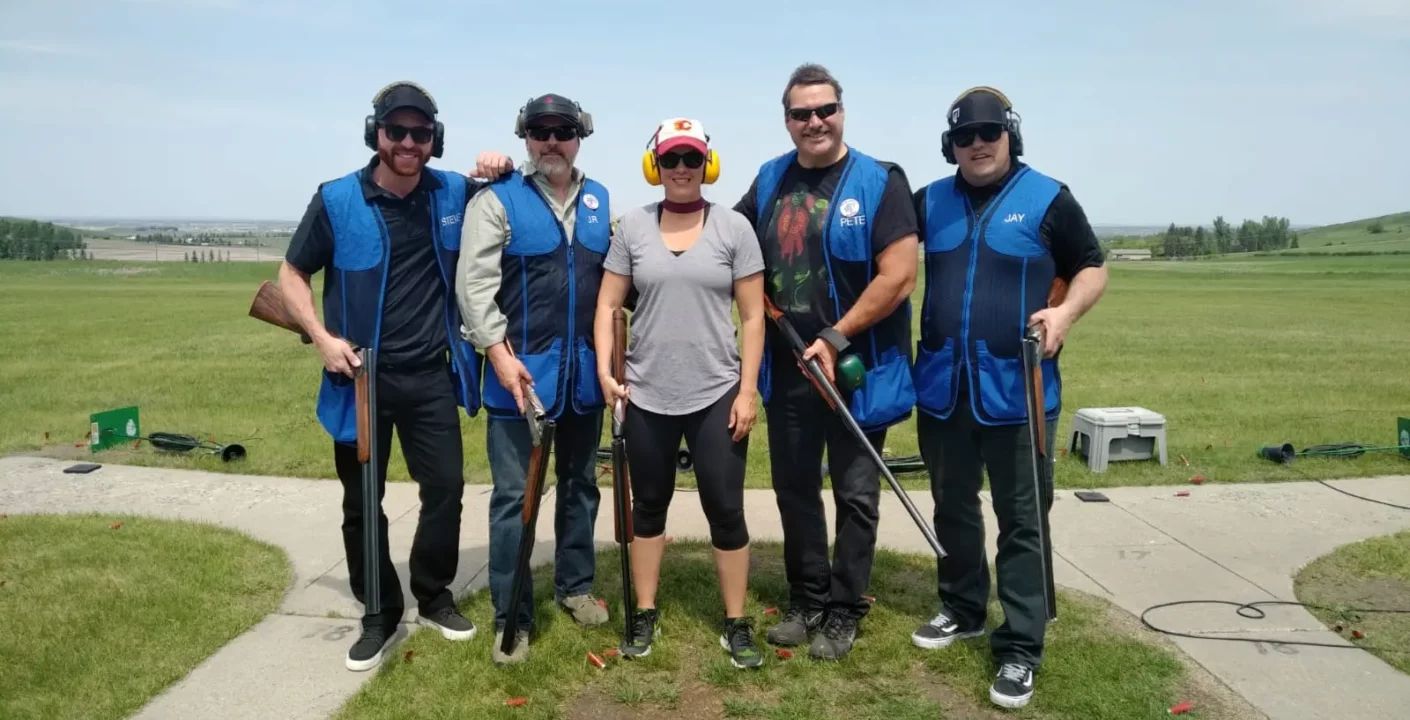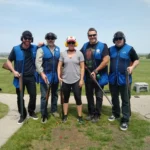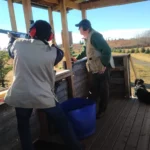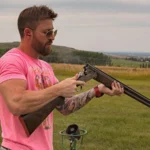Gun culture in Canada is a multifaceted topic shaped significantly by geography. The differences between rural and urban environments profoundly influence attitudes towards firearms, their use, and regulations surrounding them. Understanding these contrasts can provide insight into the broader discussions on gun ownership and safety within the Canadian context.
The Rural Perspective
In rural Canada, firearms often play a practical role in daily life. Many rural communities engage in hunting, farming, and other activities where guns are integral. For instance, hunters participate in seasonal hunts, not only for sport but also for sustenance, using game meat as a food source.
Furthermore, farmers may use firearms to manage wildlife populations that threaten crops or livestock, making gun ownership a necessity rather than a luxury. In these communities, firearms are typically viewed as tools, embedded in local culture and often passed down through generations.
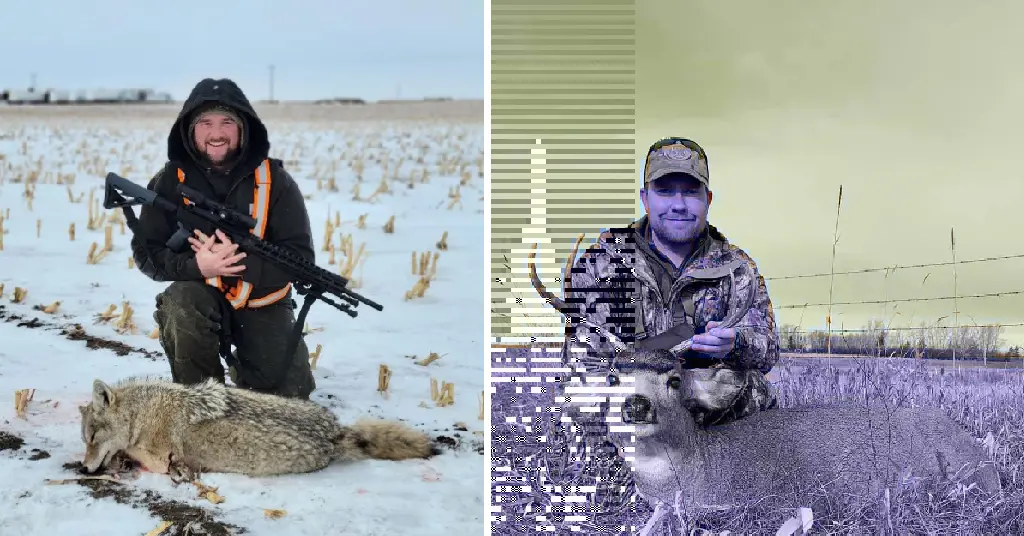
The social fabric of rural areas also contributes to a more permissive view of gun ownership. People tend to know each other personally, fostering a sense of trust. This familiarity can lead to a collective understanding of responsible gun ownership, with informal networks of education and mentorship about safety and handling.
The Urban Perspective
In urban Canada, there is a growing appreciation for responsible gun ownership that emphasizes safety, sport, and community engagement. Many city dwellers are discovering the benefits of participating in activities such as target shooting, trap, skeet and sporting clays, and other competitive shooting sports. These pursuits promote discipline, focus, and camaraderie among participants, helping to foster a positive image of firearms as tools for recreation rather than violence.
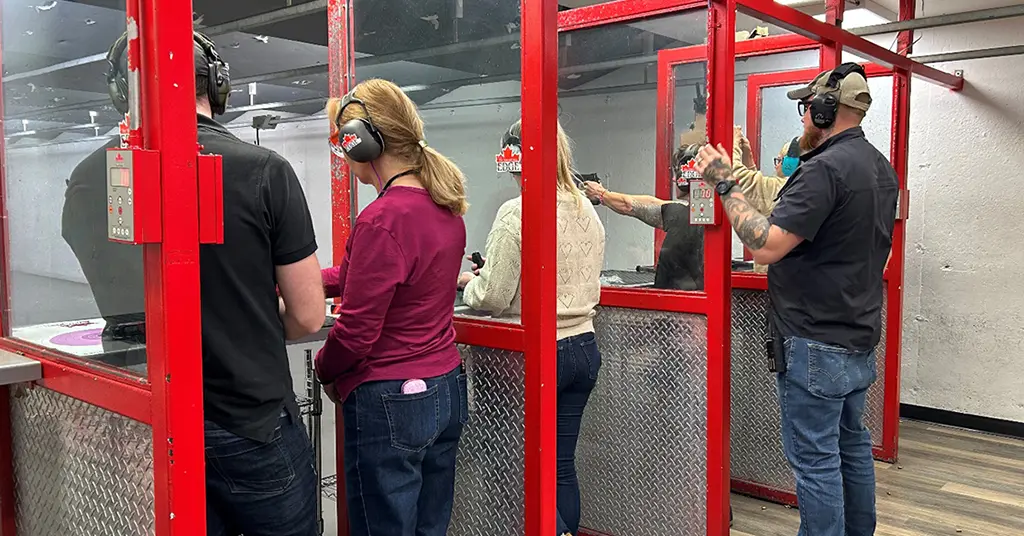
Urban shooting ranges and clubs are increasingly popular, providing safe environments for both new and experienced shooters to practice their skills. These facilities often offer training courses that emphasize firearm safety and responsible handling, equipping urban residents with the knowledge and confidence to engage in shooting sports responsibly.
Moreover, urban communities can benefit from organized events that celebrate the shooting sports, such as competitions and exhibitions. These gatherings not only showcase the skill involved in marksmanship but also help demystify firearms for those unfamiliar with them. By presenting gun ownership in a positive light, these events can help bridge the gap between urban perceptions and rural realities.
Advocacy for responsible gun ownership in urban areas is also growing, with organizations working to educate the public about the legal and safe use of firearms. This helps counter the narrative that associates guns solely with crime, emphasizing instead their role in sports and recreation.
Bridging the Divide
While the rural-urban divide is significant, there are efforts to bridge these perspectives. Initiatives aimed at promoting responsible gun ownership emphasize safety education and community engagement, seeking to foster understanding between urban and rural populations.
Furthermore, as urban populations grow and become more diverse, discussions around firearms may shift. Many urban Canadians are recognizing the importance of responsible gun ownership, particularly in the context of rural partnerships, such as food security initiatives that involve hunting and agriculture.
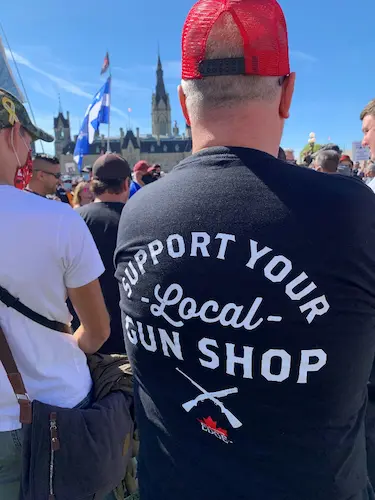
Conclusion
Geography plays a crucial role in shaping gun culture in Canada, influencing how firearms are perceived and used in both rural and urban settings. By understanding these perspectives, Canadians can engage in more informed discussions about gun ownership, safety, and regulation. Acknowledging the complexities of this issue is essential as Canada continues to navigate the balance between rights, responsibilities, and community safety.
